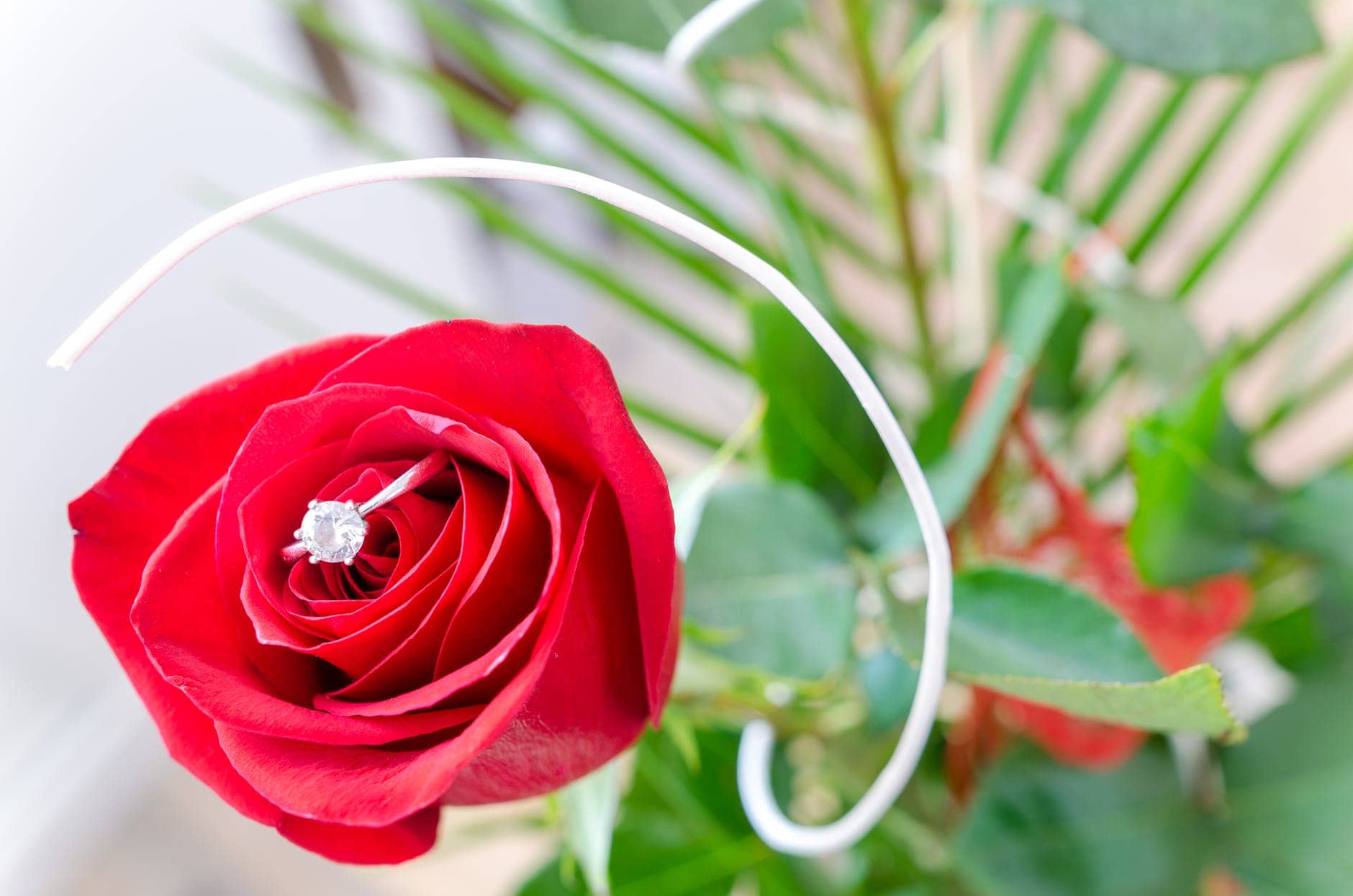
Table of Contents
As Jewelry Shopping Guide editors, we write about things that we love and we think you’ll like too. We often have affiliate partnerships, and may generate some revenue from these links at no cost to you.
Diamonds are synonymous with sparkling beauty and luxurious quality – even a plain and ordinary diamond is usually a gorgeous thing to look at. Not all diamonds are created equal, however, and they can vary greatly in all their aspects, including their clarity.
So, let’s take a closer look at one particular clarity diamond grade – the VVS.
What is a VVS diamond, how much does it cost, what are its properties, and should you buy one? Let’s tackle all these questions here.
What Are VVS Diamonds?
VVS stands for Very Very Slightly Included. Yes, there’s a repeated “very” and the “I” for “Included” is missing, it’s not a typo. Which is funny, since “Included” is actually the key word in this term.
Inclusions in the diamond industry are the various blemishes and imperfections that many diamonds have. These are little specs and scratches on the inside of the stone which cannot be removed, and which can affect the diamond’s visual appearance and light reflection depending on their quantity, size, colour, and position in the stone.
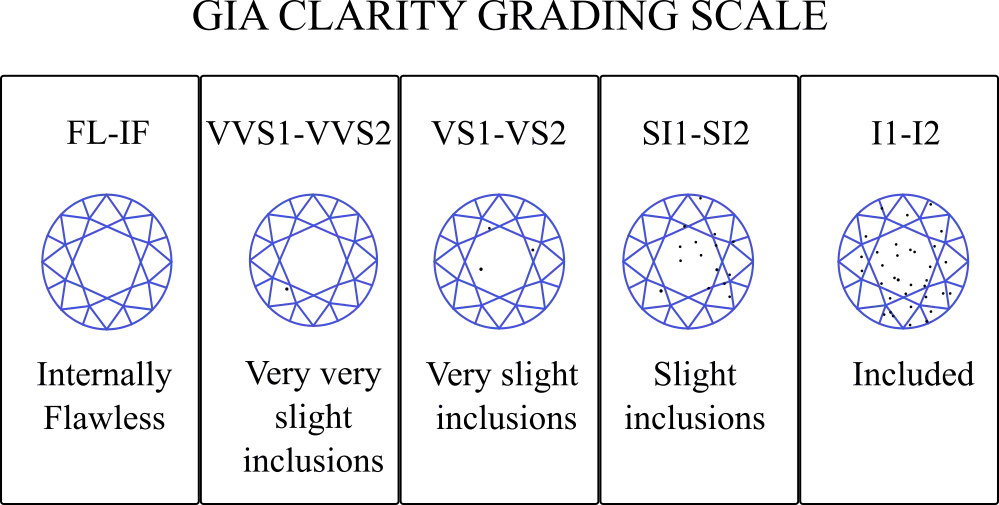
The clarity grade of a diamond is directly determined by the presence of such inclusions:
- IF (Internally Flawless) and FL (Flawless) diamonds have virtually no inclusions
- VVS (Very Very Slightly Included) diamonds have minor and inclusions invisible to the naked eye
- VS (Very Slightly Included) diamonds also have a few inclusions invisible to the eye but more easily visible under a microscope
- SI (Slightly Included) diamonds have inclusions that are often visible to the naked eye, although how visible they are depends on their location in the stone (which the grade doesn’t account for)
- I1 (Included) diamonds have even more noticeable inclusions
As you can see, VVS diamonds are very close to the top of this grading scale with only IF and FL diamonds being superior to them. It should be noted, however, that most gemological institutes differentiate between VVS1 and VVS2 diamonds with VVS1 stones being of an even higher quality than VVS2.
VVS1 vs. VVS2 Diamonds
How significant can the difference between a VVS1 and a VVS2 stone be if neither has any inclusions visible to the eye and hardly visible inclusions under a x10 magnification? Well, admittedly the difference isn’t so substantial, but it is there even if we can’t see it with the naked eye.
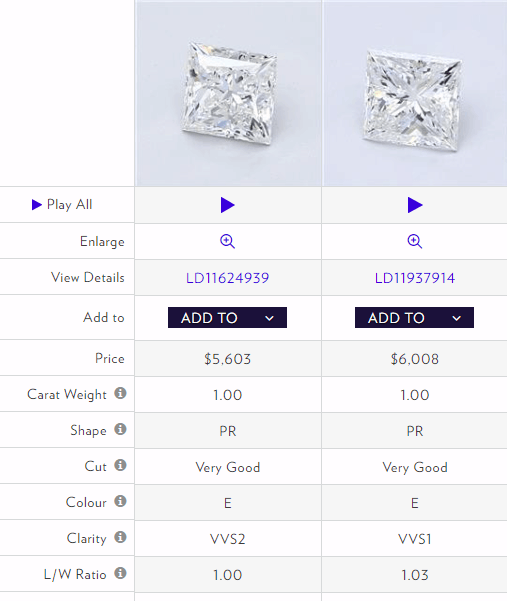
Even in terms of price the difference between VVS1 and VVS2 can be hard to spot. Here are two nearly identical James Allen 0.90 carat diamonds, one being a VVS2 stone and one being a VVS1. Both are nearly identical in all other aspects and are both sitting in similar positions on James Allen’s price range for their particular quality.
Here are two other VVS2 and VVS1 stones, also pretty identical in all other aspects, but this time closer to the upper end of the site’s price range for their quality – they too are very similarly priced.
So, both in terms of their visual qualities and even in terms of their price ranges, VVS1 and VVS2 diamonds are quite similar. The main difference between the two categories lies in their unseen characteristics.
So, if you want the prestige of having a VVS1 stone over a VVS2 one – go for it.
If you don’t care much about that and you’d rather save a couple of hundred dollars from your budget – a VVS2 stone will still be visually identical to its VVS1 counterparts.
Are VVS Diamonds More Brilliant?
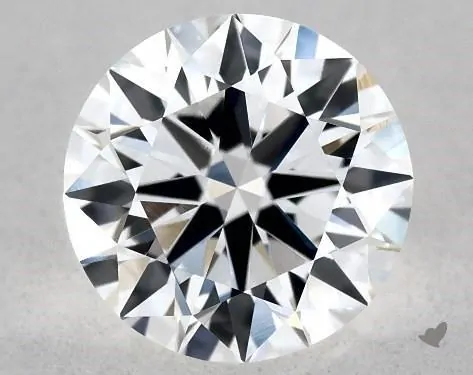
When we talk about a diamond’s brilliance, fire and sparkle properties, we usually refer to its cut. And that’s done for a good reason – the quality of the cut is mostly what determines how brilliant the stone is going to be. Clarity, on the other hand, only refers to whether or not there are inclusions in the stone.
Nevertheless, for lower clarity grades (I1 and SI) the presence of these inclusions can have an effect on the diamond’s brilliance as they can hamper the lights reflection inside the stone. In contrast, since VVS has virtually no visible inclusions, its brilliance remains unobstructed.
However, in practice, even I1 and SI diamonds rarely have their brilliance affected that much by their inclusions. Especially if you’re able to look for I1 or SI diamonds with inclusions that are colourless and closer to the pavilion of the stone, their brilliance will be only slightly affected and you’ll have an affordable, good-looking stone.
Is A VVS Diamond Worth the Money?
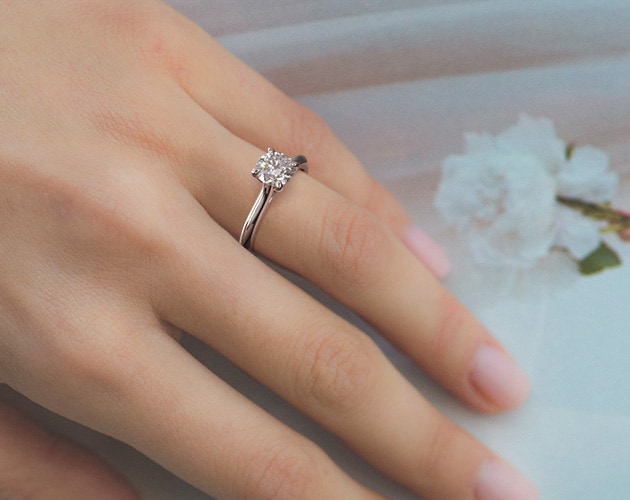
Worth is a rather subjective concept, especially when it comes to diamonds. The fact of the matter is that VVS clarity diamonds are not the only grades with inclusions that are invisible to the naked eye.
VS diamonds, which are the next clarity grade down, have inclusions that are almost always invisible too and even SI and I1 diamonds can have colourless inclusions that are hard to spot with the naked eye.
Add to that the fact that a skilled jeweler can mount an SI or an I1 stone on a piece of jewelry in such a way so that the inclusions remain hidden, and from the perspective of “eye” visual quality – you could argue that a VVS diamond is not worth it.
However:
If money is not a concern, if you care about more than just the appearance of the stone and you want the prestige that comes with owning (or gifting) a VVS diamond, then it may very well be worth it to you.
Which Pieces of Jewelry Are Most Suitable for VVS Diamonds?
As we alluded to earlier, a skilled jeweler can hide certain inclusions using the setting of the jewelry. Not all types of jewelry offer the same opportunities for this, however, as some tend to have the diamond in a more visible and exposed position than others.
For example, for jewelry like rings (and engagement rings, in particular) you often have or want to have your stone be as visible as possible. With that in mind, a VVS stone is best used precisely in such a situation.
On the other hand, earrings, necklaces, and other such pieces of jewelry tend to hide bigger portions of their stones with metallic ornaments and are also harder to see up close. It’s more likely that someone will inspect your engagement ring closely but won’t stick their faces close to your ears to check your diamond studs. In such cases, VVS diamonds can be rather pointless.
Of course, all this depends on the design of the piece of jewelry in question – there are ring designs that hide larger portions of their stones with ornaments and side stones, and there are earrings and necklaces that leave their diamonds on a nearly 360-degree display.
In short – VVS diamonds are ideal for any piece of jewelry with a design that will let them display their crystal-clear magnificence to the world. For anything else, you can easily use a VS, SI or even an I1 stone with no one noticing.
Where to Buy High Quality VVS Diamonds?
Nowadays, an increasing number of people are buying their diamonds online to access competitive prices and have a wider range of options to choose from.
It’s important to choose a trustworthy and reliable vendor, known for the quality of their products and services. We recommend the following retailers when it comes to shopping for a diamond online:
James Allen
James Allen allows you to view each diamond carefully from all angles using their ground-breaking Diamond Display Technology. They also have Diamond Experts on hand to help you through the process.
Blue Nile
Blue Nile is a giant in the diamond industry, offering the largest online inventory of diamonds at competitive prices. They’re known for their quality and great customer service.
Brian Gavin
Brian Gavin’s diamonds are famous for their cut quality and for their commitment to continuous innovation in perfecting their cut quality. Their Black and Blue Collections feature some of the very best diamonds.
Before We Wrap Up…
VVS diamonds are a beautiful thing to observe, especially if you know what you’re looking for. These nearly flawless stones are gorgeous, rare and expensive which means that you should consider quite carefully whether you really want one or not.
Additionally, if you do decide to go for a VVS stone, it’s vital that you make sure it excels in all other directions as well – there’s no point in buying a VVS stone if it’s going to be small, poorly cut, and with an unsuitable color.









